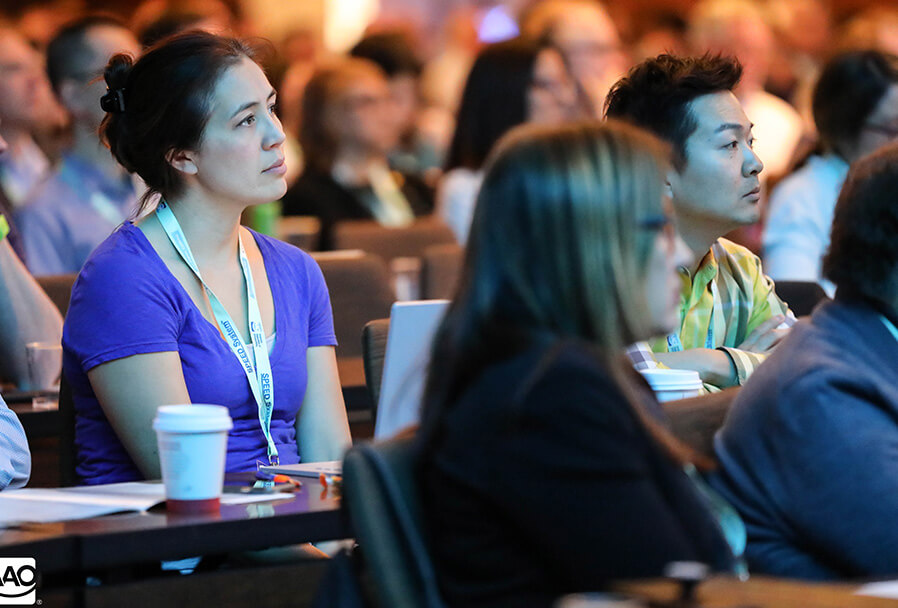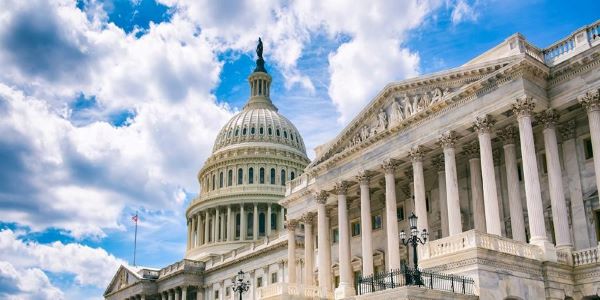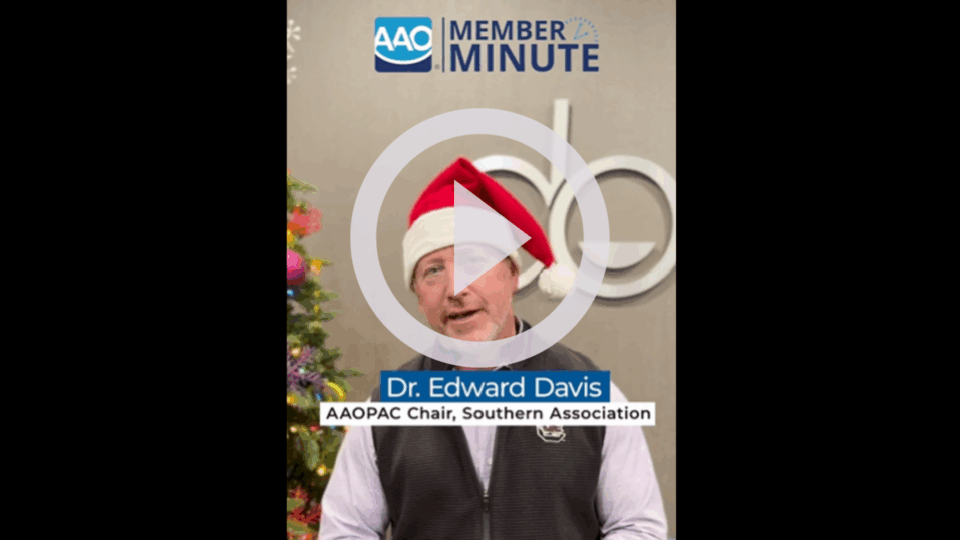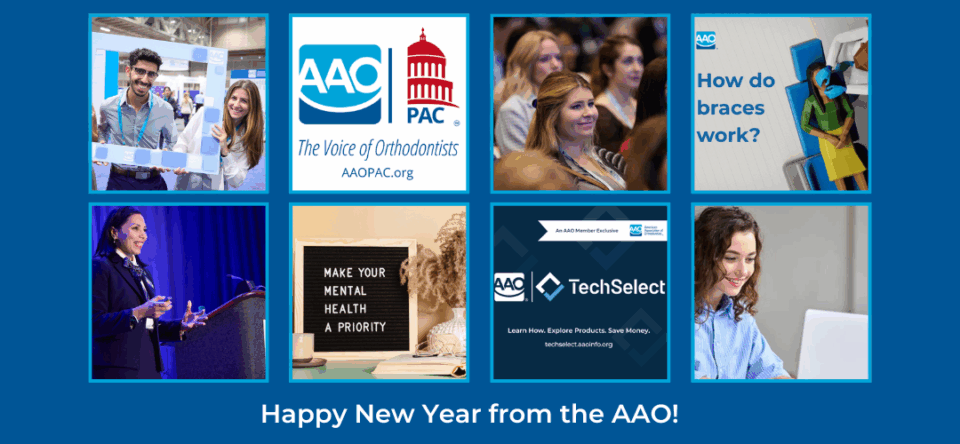At the AAO, our Strategic Plan states that, among our core values, we are ethical, we are inclusive and our members come first. In the Economics of Orthodontics survey conducted with members in 2019 of practice level metrics for calendar year 2018, the AAO identified inconsistencies between male and female orthodontists in salaries and compensation. In response to these data, the AAO’s Special Committee on Women Orthodontists (SCWO), which was formed by the 2019 House of Delegates, requested that the issue be explored further.
As part of this initiative, the AAO conducted a survey of members in early 2020 to examine 2019 salary information as it relates to gender and other relevant factors. This survey was sent to over 9,500 AAO members in the U.S. and Canada, and 767 members responded. (Both women and younger orthodontists replied to the survey at higher rates.) Subsequently, a report was produced by a third-party research consultant who examined the methodology and data.

Our results indicated that, on a purely mathematical basis, a significant pay gap exists between male and female orthodontists. On average, male orthodontists reported earning just under $400k in 2019, while their female counterparts earned approximately $300k (see Table 1). The data were segmented by practice modality, by gender and by income, and possible contributing factors are summarized in Table 2.

This disparity was evident even when accounting for practice type and appears to impact the future earning potential of female orthodontists. For instance, when comparing salary ranges for solo and group owned practices as well as DSOs, men consistently have a higher share of doctors among the top income ranges, while women in these groups have a greater share of orthodontists in the middle and lower salary ranges. (See Table 2.) Additionally, daily pay for female orthodontists is approximately 79% of their male counterparts.
Regardless of the practice type, male orthodontists report higher patient loads than do their female counterparts. This was evident in our survey results, which examined orthodontist workload with respect to the number of new patient exams, new patient starts, and patients seen per day. On average, male orthodontists worked more hours per week than female orthodontists and spent more of their working hours actively seeing patients. However, female orthodontists reported working an additional week relative to their male counterparts.
Several factors that contribute to the salary disparity include practice type, average hours worked per week, patient loads and ethnicity. Women orthodontists, according to our survey, are more ethnically diverse, less tenured, more likely to work for a DSO and tend to have lighter patient loads, all of which affect annual salary. For instance, while 79% of male orthodontists surveyed reported owning their practices, only 55% of female orthodontists surveyed reported practice ownership. Survey results also indicated that orthodontists affiliated with solo or group owned practices earn more on average than orthodontists affiliated with other types of practices, and male owners outpaced their female counterparts. (See Table 2.)


This study also suggests that there is an opportunity to further explore the “why” behind the statistics. As is shown in Table 3 and Table 4 above, male and female orthodontists begin their careers with a similar range of salaries, while in just ten years a disparity builds wherein women orthodontists’ salaries are lower than their male counterparts. Questions surrounding practice type, career decisions, salary negotiations and patient caseload all play important factors in these data. Additional research is needed to understand if these differences are lifestyle choices or if other factors are drivers. The SCWO is committed to the study of these data and developing recommendations for how it can be addressed.
While this work is ongoing, SCWO will be exploring resources, initiatives and programs to address these issues, potentially including event speakers, webinars, podcast guests, and more. With the addition of two at-large members of the Board of Trustees (Drs. Dale Anne Featheringham and Alex Thomas), the AAO will benefit from diverse backgrounds to better serve all of its members. By continuing to emphasize the diversity of our members and through initiatives like the Special Committee on Women Orthodontists, the AAO is working to help to address the unique challenges that confront women in the field.



